jobs.helsinki.fi/job/Helsinki...
#jobopening

jobs.helsinki.fi/job/Helsinki...
#jobopening
- A postdoc help in completing Filopodia-related lab projects (2-year).
- Multiple Marie Curie postdoc positions that will open in the fall.
- We will open a 5-year position to cover my teaching (70% research and 30% teaching).
I will be looking for 2-4 people after the summer to join the lab !!
Do not hesitate to reach out and disseminate !!
- A postdoc help in completing Filopodia-related lab projects (2-year).
- Multiple Marie Curie postdoc positions that will open in the fall.
- We will open a 5-year position to cover my teaching (70% research and 30% teaching).
I will be looking for 2-4 people after the summer to join the lab !!
Do not hesitate to reach out and disseminate !!
I will be looking for 2-4 people after the summer to join the lab !!
Do not hesitate to reach out and disseminate !!
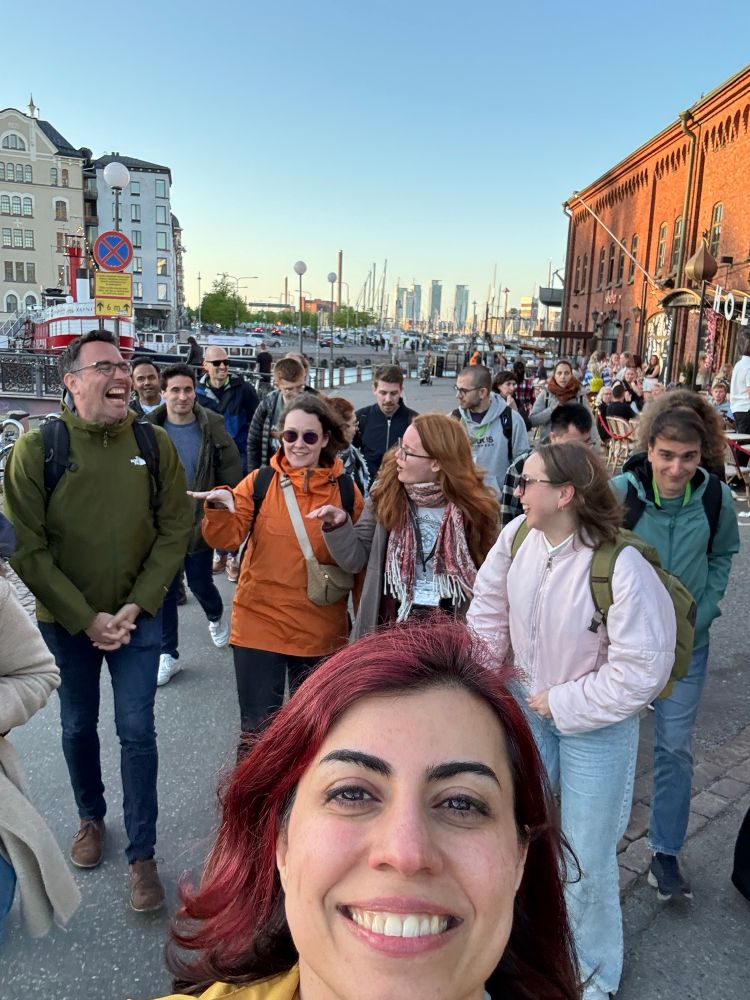
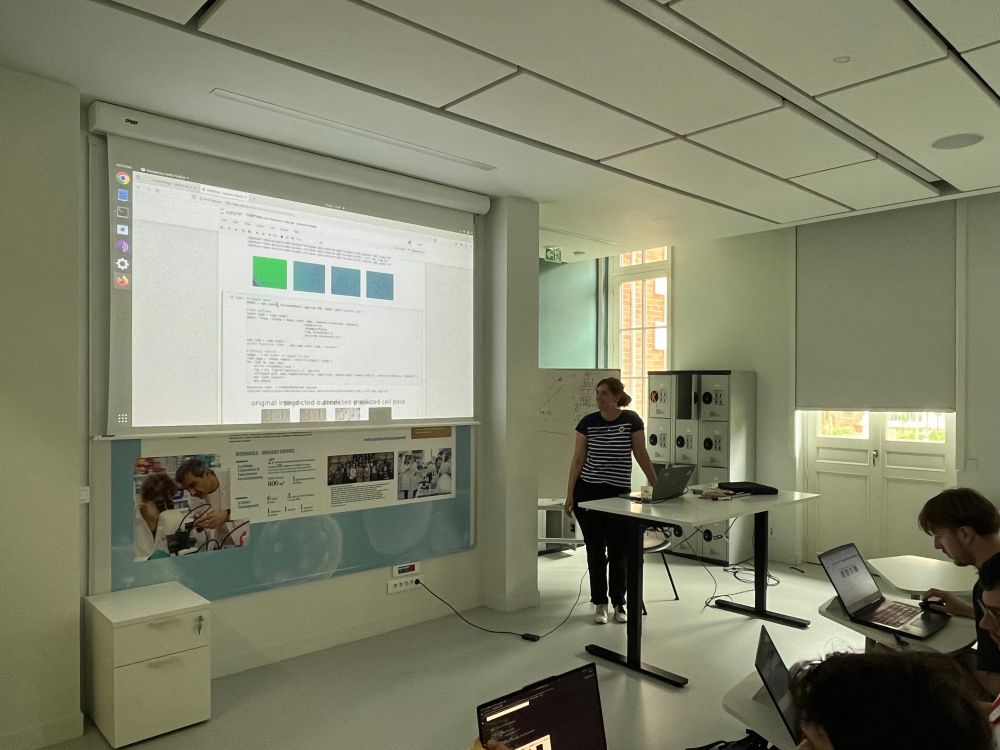
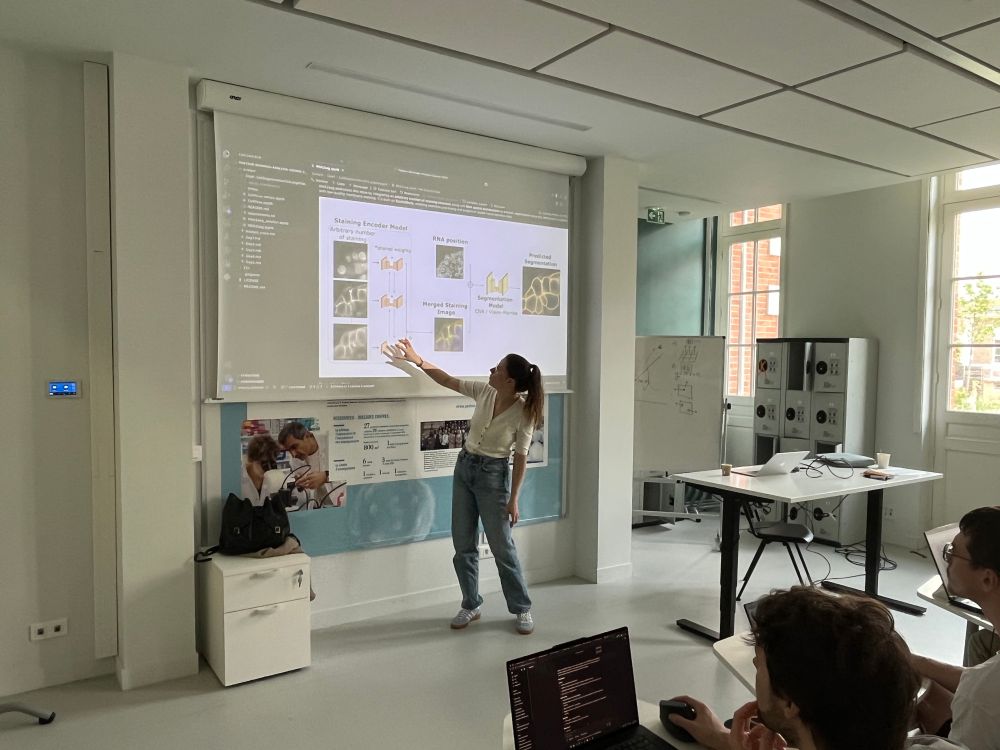
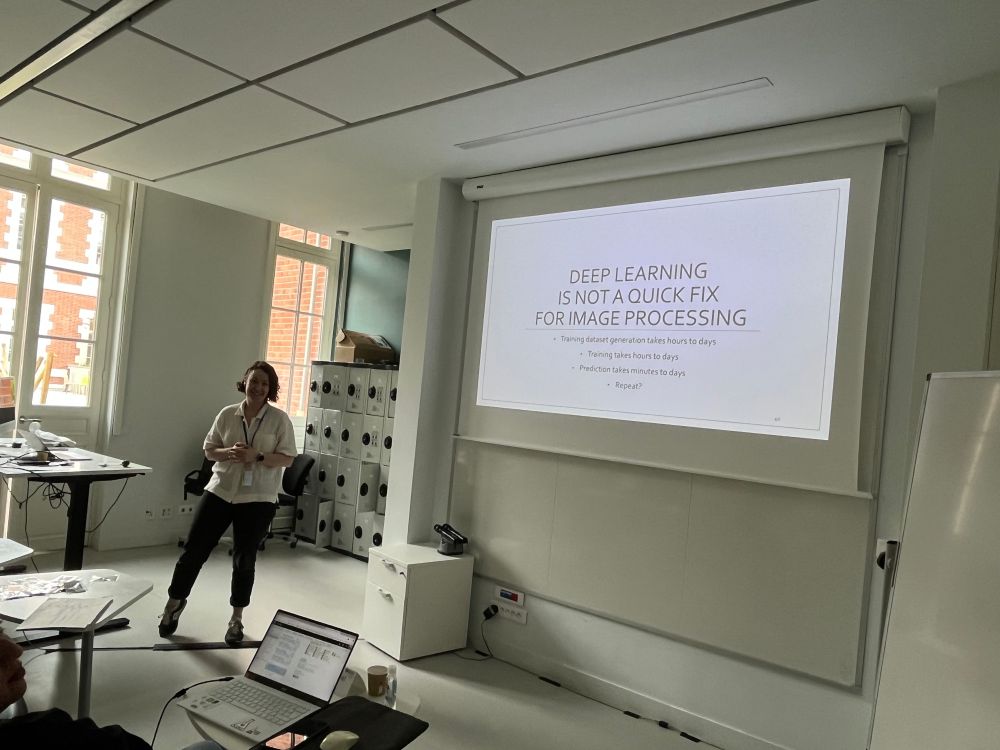
Thanks to the teachers and dear colleagues @jwpylvanainen.bsky.social @mambroset.bsky.social @gaellel.bsky.social @m-albert.bsky.social Carlos Garcia-Lopez & Heloise Monnet, and the students that join us !
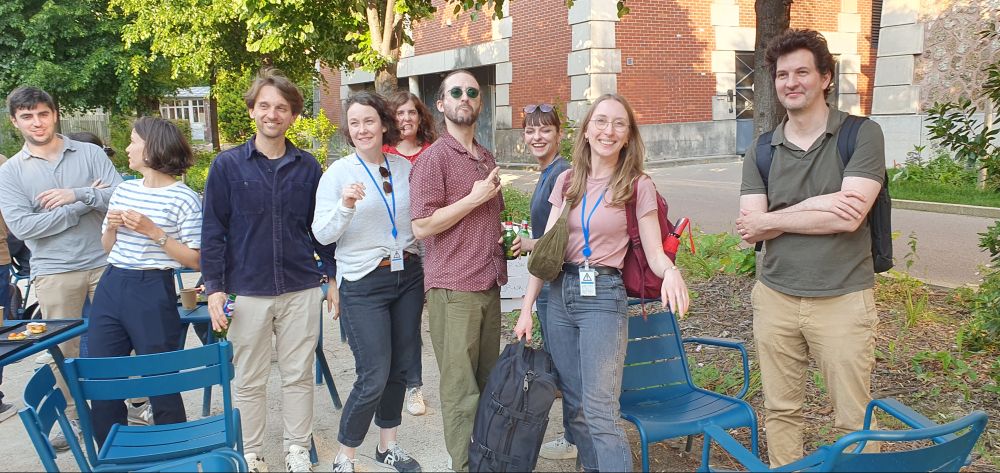
Thanks to the teachers and dear colleagues @jwpylvanainen.bsky.social @mambroset.bsky.social @gaellel.bsky.social @m-albert.bsky.social Carlos Garcia-Lopez & Heloise Monnet, and the students that join us !
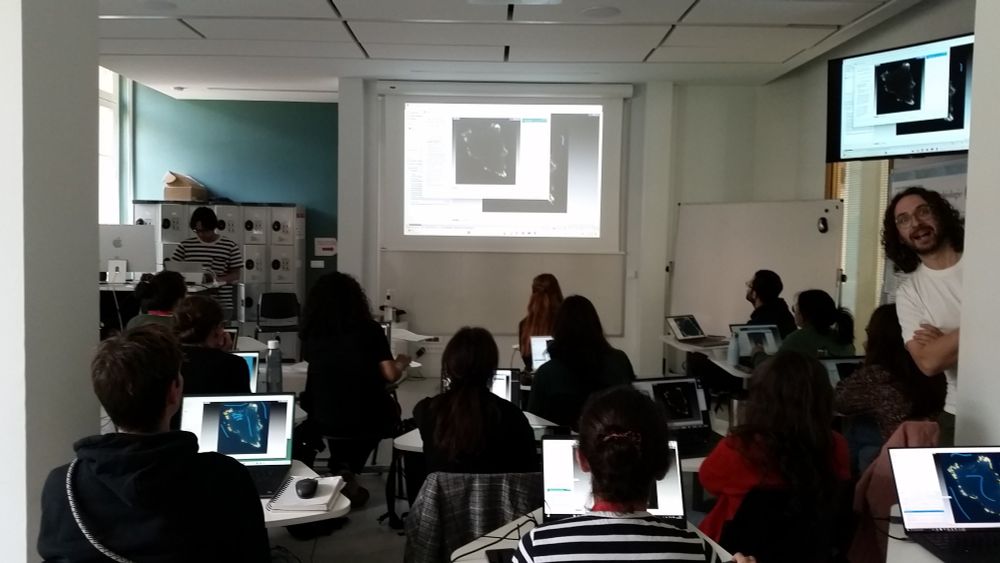
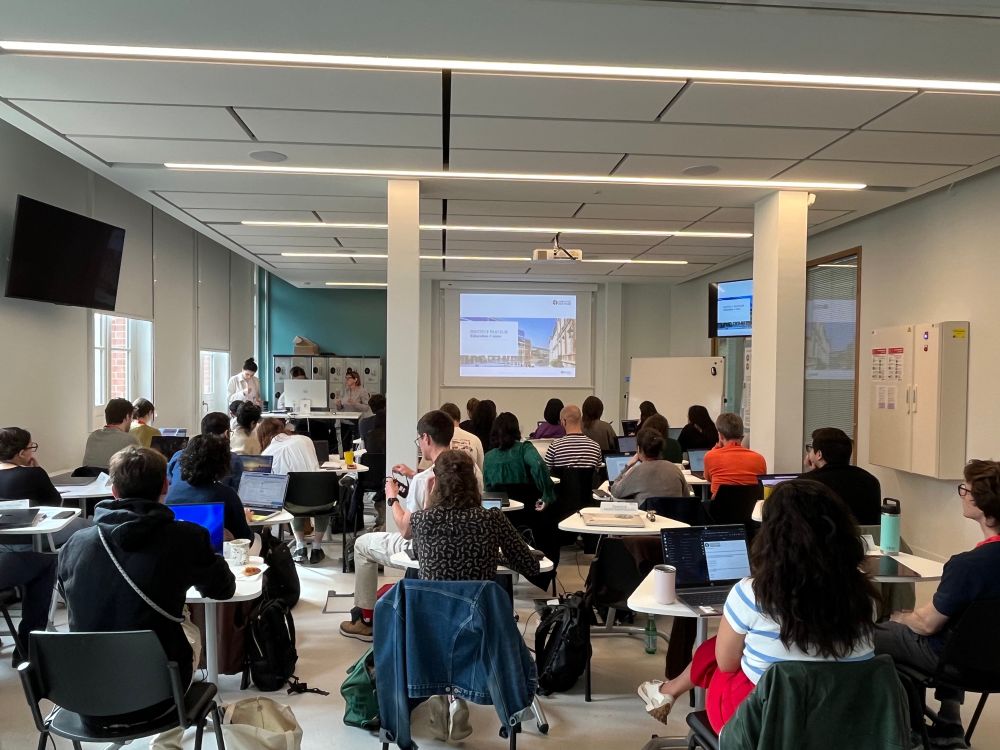
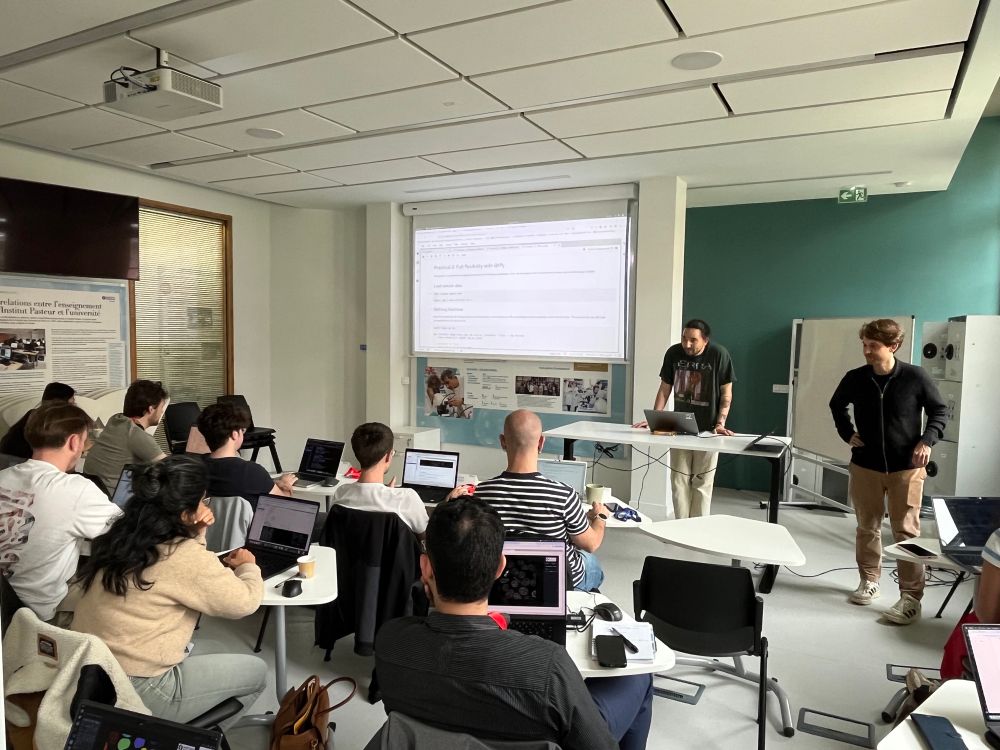
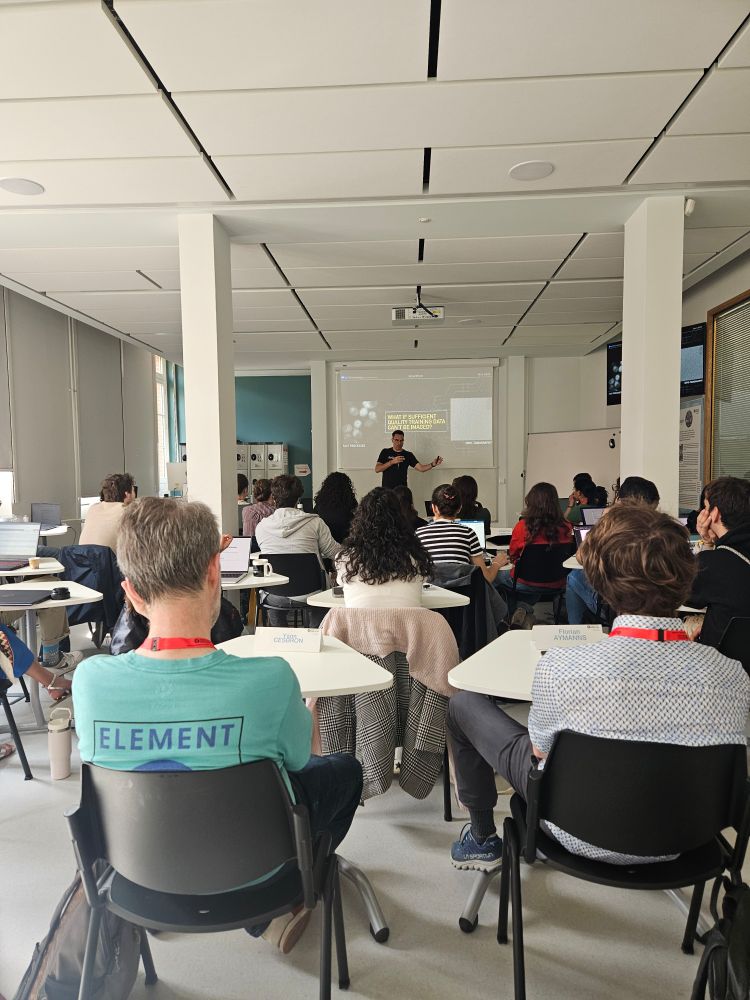
A collaboration with @mh123.bsky.social 🚀
github.com/danionella/w...
A collaboration with @mh123.bsky.social 🚀
github.com/danionella/w...
Registration deadline is 7. May 2025.
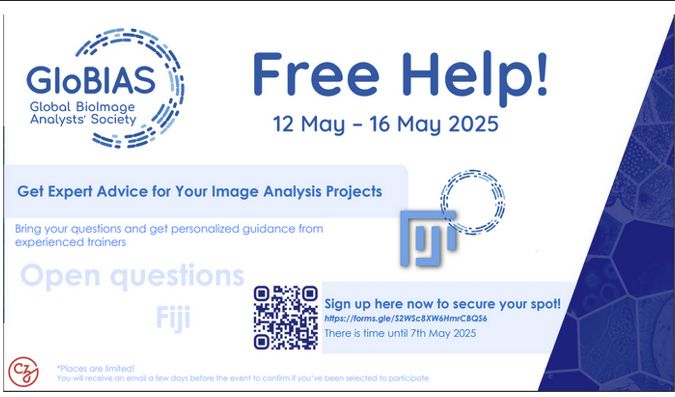
Registration deadline is 7. May 2025.
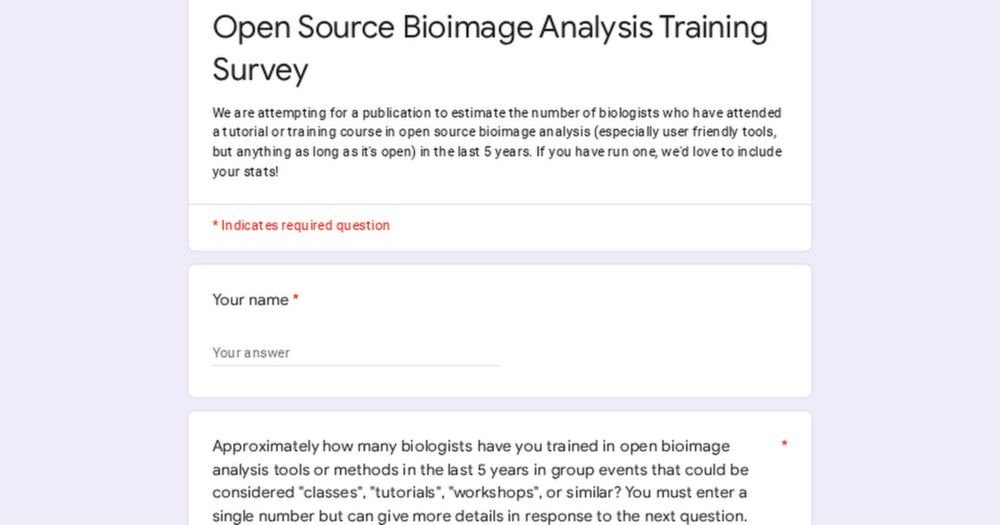
journals.biologists.com/jcs/article/...
#OpenAccess

journals.biologists.com/jcs/article/...
#OpenAccess
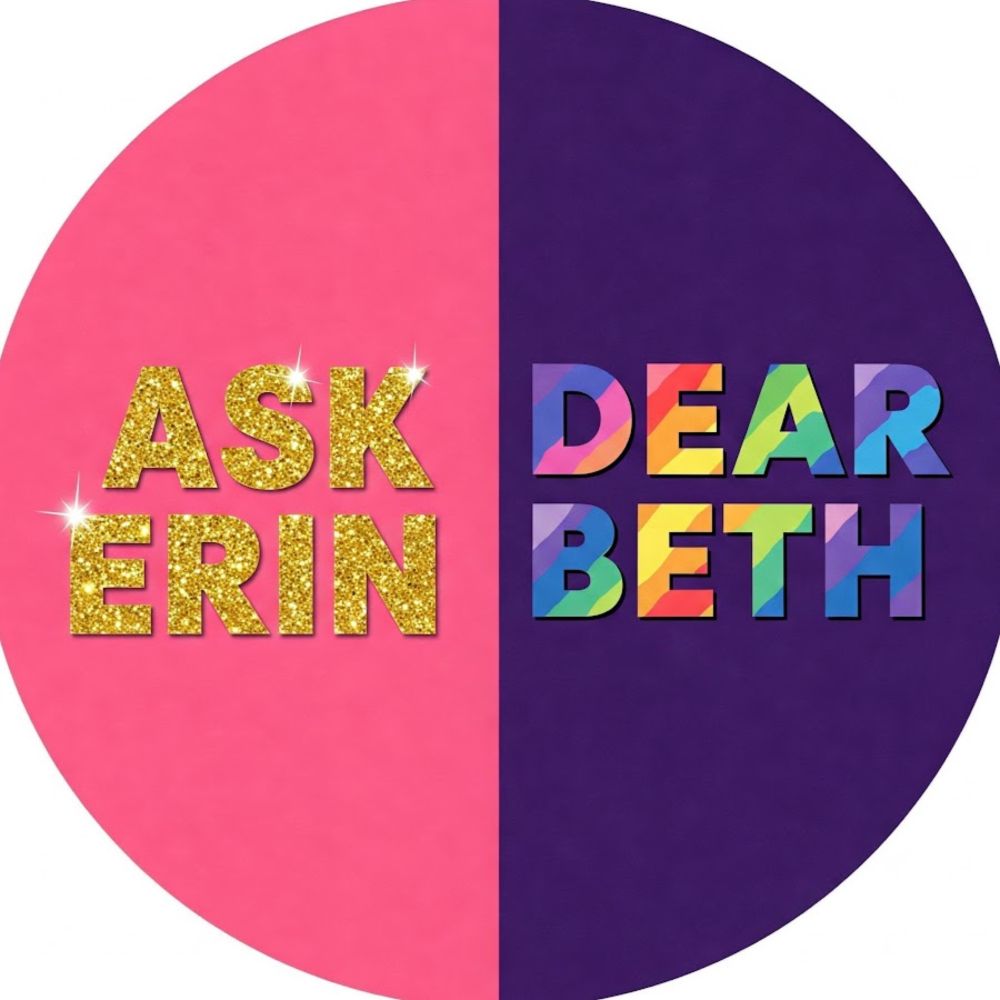
journals.biologists.com/jcs/article/...
Joanna, Hanna and I worked quite a bit on this piece and I hope you find it useful
Many thanks to @jcellsci.bsky.social for publishing it
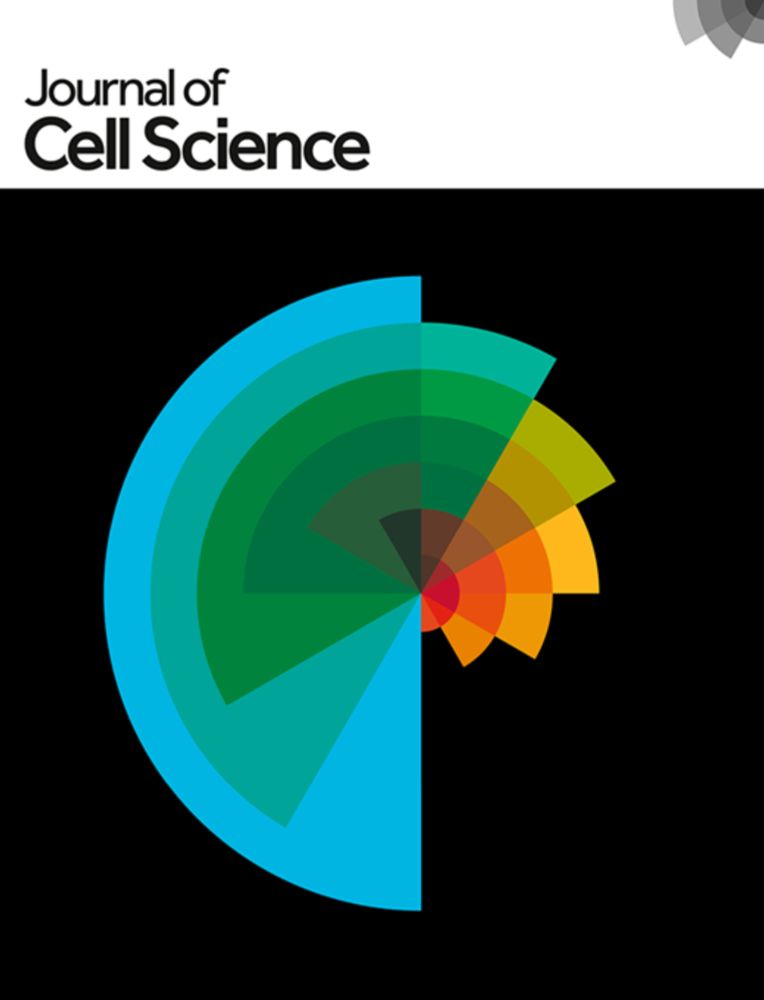
Open #PhDposition in structural virology in my group! Join us in Umeå, 🇸🇪 to uncover how arboviruses remodel the cellular interior. In situ #cryoET combined with #virology, #cellbiology, and #biophysics.
Deadline 4 May. More info: www.carlsonlab.se/join/
Open #PhDposition in structural virology in my group! Join us in Umeå, 🇸🇪 to uncover how arboviruses remodel the cellular interior. In situ #cryoET combined with #virology, #cellbiology, and #biophysics.
Deadline 4 May. More info: www.carlsonlab.se/join/

journals.biologists.com/jcs/article/...

journals.biologists.com/jcs/article/...
journals.biologists.com/jcs/article/...
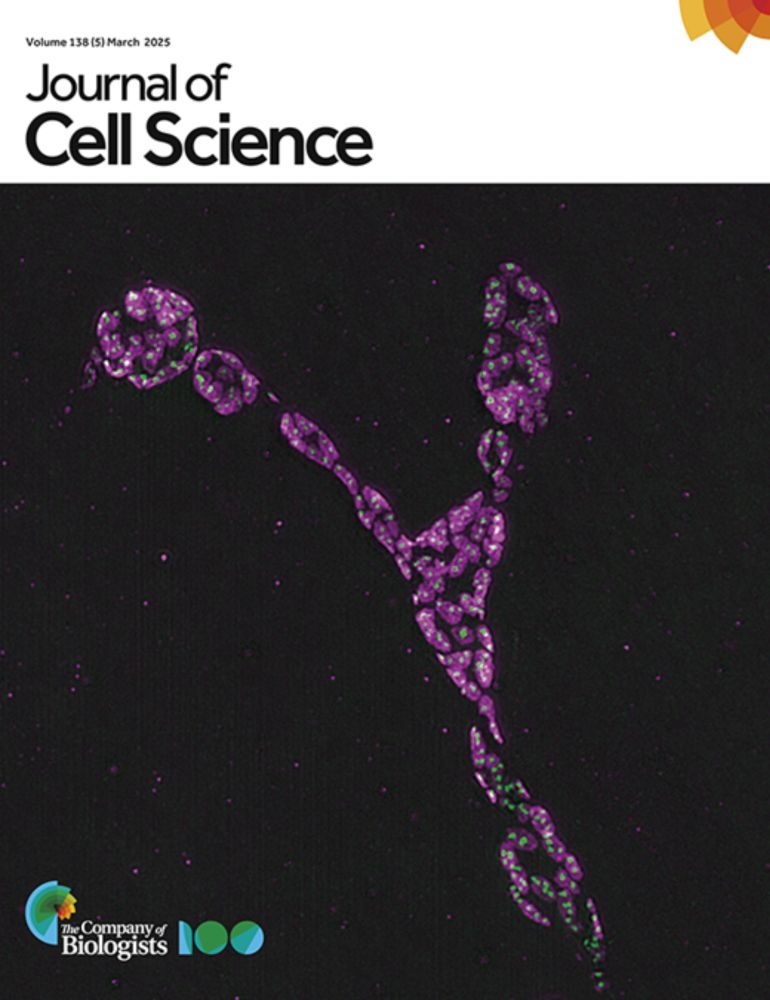
journals.biologists.com/jcs/article/...
#stemcells #cancer #ImagingTechnologies
@utu.fi @turkubioscience.bsky.social @turkubioimaging.bsky.social @henriqueslab.bsky.social @hospitaldelmar.bsky.social
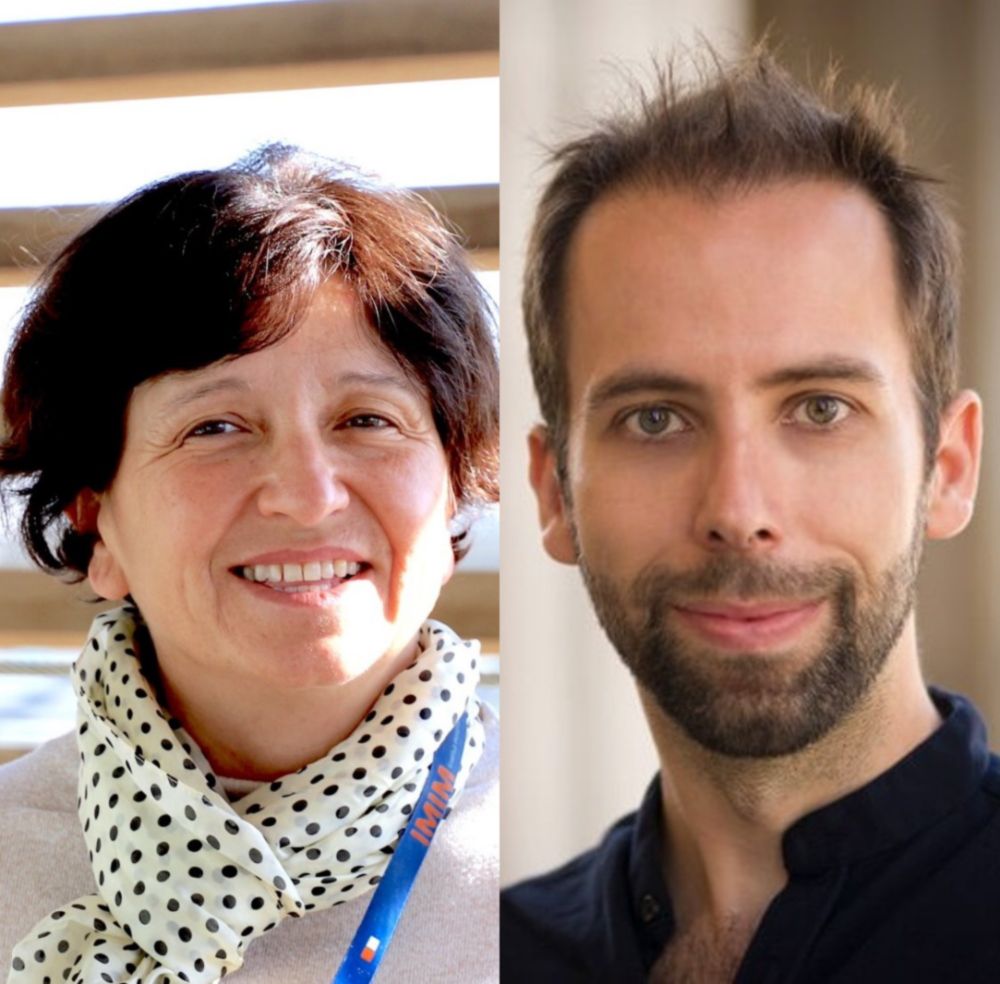
But Joanna and Stefania did an amazing job putting the article together.
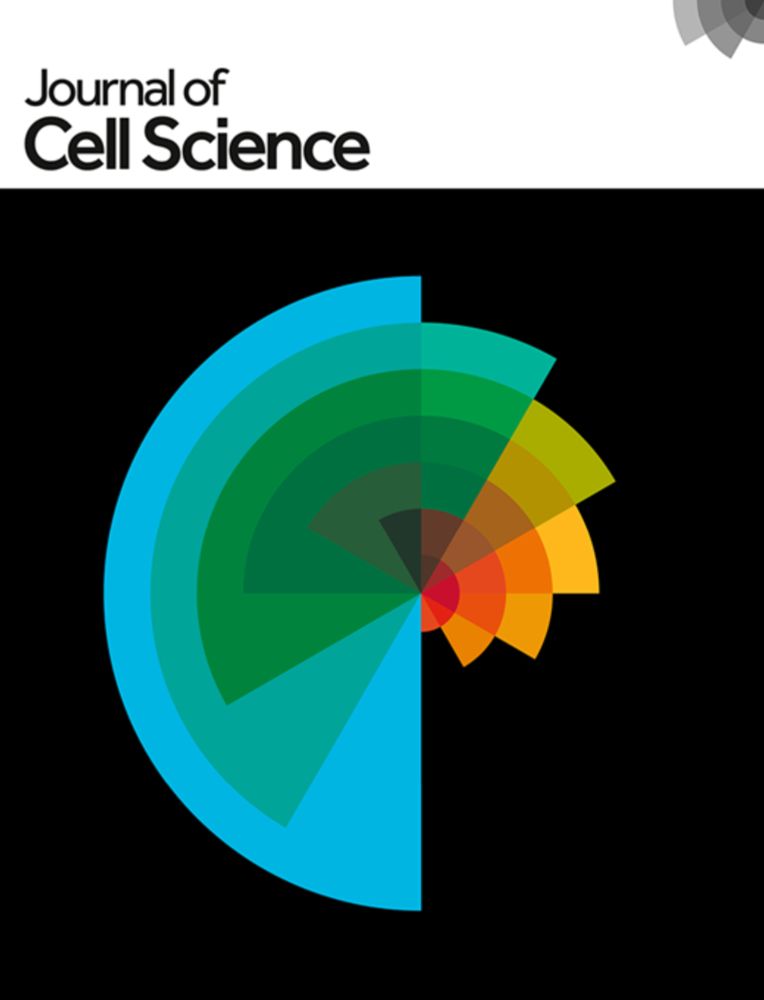
But Joanna and Stefania did an amazing job putting the article together.




